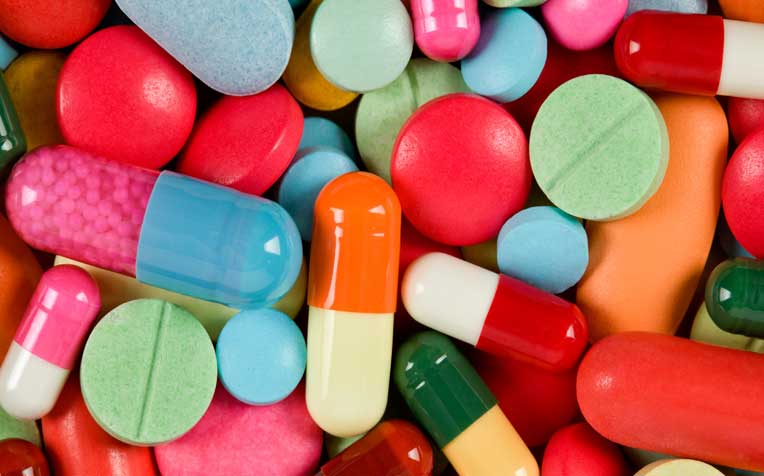
Be on the alert when severe skin rashes appear after taking certain drugs.
In January 2012, a polytechnic student allegedly passed away because of an allergic reaction to acne medication.
The same month, a 16-year-old youth with a pre-existing epilepsy condition experienced blurry vision and a severe rash after being treated with carbamazepine, an anti-convulsant drug.
Both are believed to have developed Stevens-Johnson syndrome, also known as SJS or erythema multiforme.
Dr Pang Shiu Ming, Senior Consultant from the Department of Dermatology at Singapore General Hospital (SGH), a member of the SingHealth group, explains, "This is a rare and potentially life-threatening skin disease characterised by a red, painful and blistering rash all over the body."
So, what really causes Stevens-Johnson syndrome?
The most common cause of SJS is a severe reaction to certain medications. To a lesser extent, Stevens-Johnson syndrome has been linked to viral or bacterial infections. However, in some cases, doctors are not able to determine the exact cause of the disease.
The medications which have a link to SJS include:
- Anti-convulsants like carbamazepine, phenytoin, phenobarbital and lamotrigene
- Anti-gout medications like allopurinol
- Antibacterial sulfonamides like dapsone and trimethoprim-sulfamethoxazole
- Oxicam-nonsteroid anti-inflammatory drugs like piroxicam and meloxicam
- Anti-HIV drugs like niverapine
Infections include:
- Herpes simplex
- Mycoplasma
Drugs are more implicated in adults, and infections are more implicated in children.
Genes can also play a part. "Carriers of the human leucocyte antigen HLA-B1502 in Han Chinese are associated with carbamezapine-induced SJS, and HLA-B5801 associated with allopurinol- induced SJS," says Dr Pang.
Symptoms of SJS
Often, Stevens-Johnson syndrome begins with non-specific symptoms such as fever, sore throat and irritation in the eyes. These flu-like symptoms are often misdiagnosed by doctors and treated with antibiotics.
As the condition worsens, more specific symptoms develop:
- Skin lesions:
- Red or purplish patchy rash that may appear on the face, arms and legs. It may be symmetrical on both sides of the body, and may appear to have a central sore encircled by pale red rings (known as a “bulls-eye”). This rash may erupt as painful blisters.
- Ulcers and other lesions in mucous membranes like the mouth, eyes and genital regions
- Eyes may be dry, bloodshot and irritated in mild cases. Or, they may burn and itch, with a discharge in severe cases. Such inflammatory symptoms may lead to vision problems such as blurry vision and eventually, blindness.
In drug-related cases, it usually takes one to two weeks or a few weeks (from the time the patient first consumes the medications) for these symptoms to manifest.
Read on for treatment details on Stevens-Johnson syndrome.
Ref: T12
Contributed by















 Get it on Google Play
Get it on Google Play